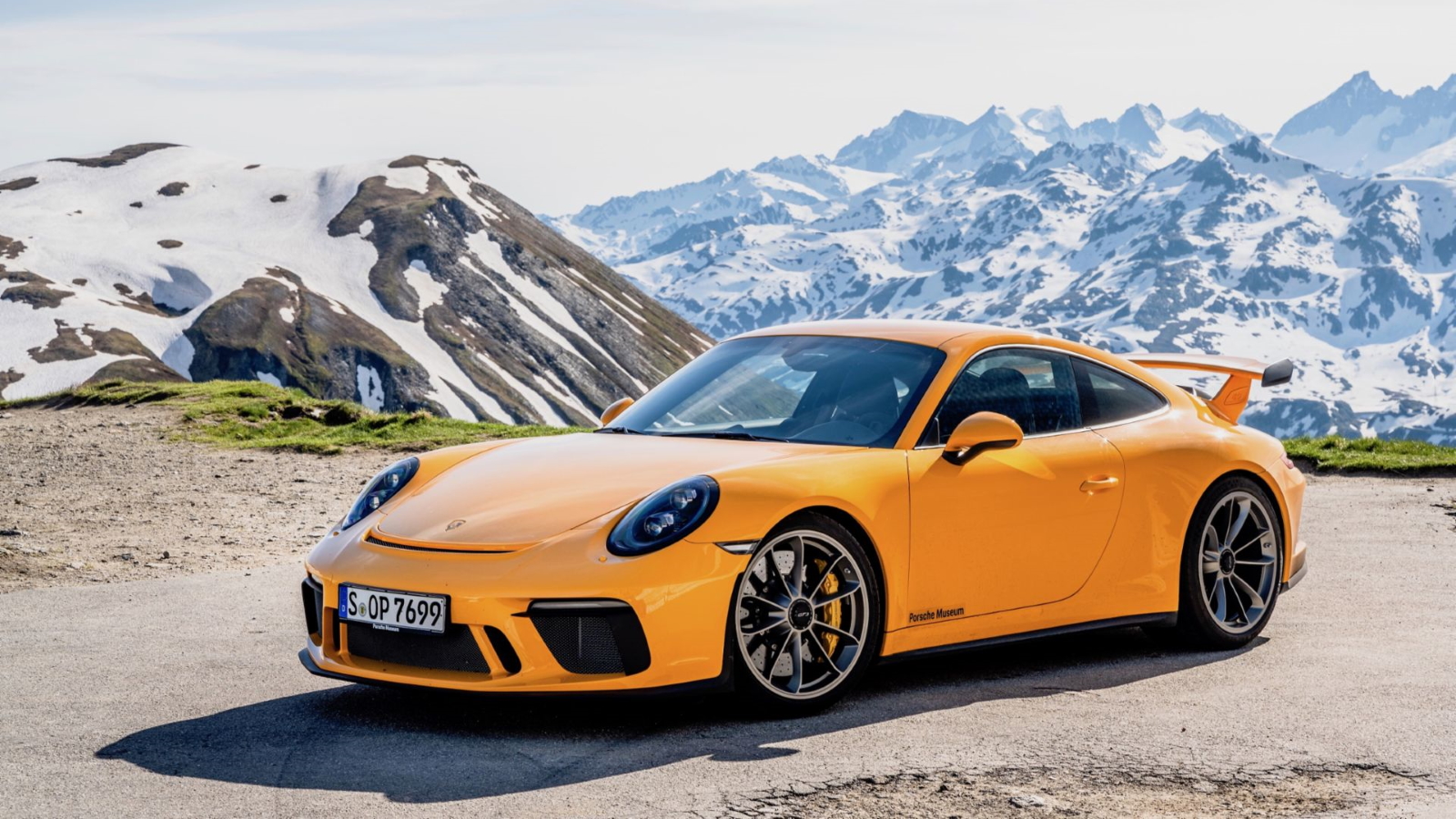Welcome to The Morning Dump, bite-sized stories corralled into a single article for your morning perusal. If your morning coffee’s working a little too well, pull up a throne and have a gander at the best of the rest of yesterday.
The Hyundai Ioniq 6 Boasts Some Insane Range
Hyundai’s released range figures for the Ioniq 6 on the somewhat optimistic WLTP cycle and man, are they ever impressive. This electric sedan rides on the same E-GMP architecture as the Hyundai Ioniq 5 and features cutting-edge 800-volt DC fast charging capability. More importantly, it’s poised to be one of the few actual electric sedans Americans will be able to buy without joining the Tesla cult or splashing out obscene money on a luxury model. Of equal importance, it just looks cool inside and out, with unique streamliner styling and a posh-looking cabin. Oh, and because sedans typically have better aerodynamic characteristics than crossovers, it’s expected to have properly impressive range. Let’s start with the big number: 614 km, or 381 miles. That’s the WLTP range of the rear-wheel-drive model with the big battery pack on the small wheels. For context, an Ioniq 5 hatchback/crossover with the 77.4 kWh battery pack on the smaller 19-inch wheels is rated at 507 km or 315 miles on the WLTP cycle. That same configuration is rated at 303 miles on the EPA cycle, so it wouldn’t be unexpected for the Hyundai Ioniq 6 long-range to feature an EPA range of 350 miles or more. I wouldn’t try doing that in one seating without pausing for at least a bathroom break. Equally impressive is the range touted by the base 53 kWh battery pack, some 429 km or 266 miles on the WLTP cycle. Even if EPA range lands a bit south of 250 miles, that would still be a lot of range from a tiny battery pack. In any case, I’ll be watching EPA range figures closely as the Hyundai Ioniq 6 is set to go on sale in America next year.
Porsche Dealer Sues Manufacturer Over Alleged Separate Showroom Coercion
Automotive News reports that a Florida Porsche dealer is suing Porsche over allegations of choking the franchise. Porsche dealership The Collection says Porsche has stopped allocating “pool cars” that can make up 20 percent of inventory as a way to force The Collection to build a standalone Porsche showroom. For context, pool cars are new vehicles allocated to dealerships under manufacturer discretion rather than on expected sales. Porsche Cars North America, however, apparently thinks The Collection is in the wrong for not building a separate showroom. However, The Collection alleges that Porsche previously approved its multi-brand showroom, that requiring a separate showroom is illegal under Florida law, and that stopping allocation of pool cars will lead to a sales “death spiral.” The Collection may have a valid point here. Effectively having to create a separate retail space is ridiculous if a shared space works. Instead of a dedicated Porsche dealership, commercial-zoned land could be developed to house businesses that serve a wider section of the community, like restaurants and shops. Plus, Florida statute 320.64(10)(b) exists. In plain English, this means that it’s now up to Porsche to prove that its strategy of pool car allocation is a franchise provision, isn’t a policy that requires a dealer to build a separate showroom in order to survive, and that building a separate showroom is reasonable and justifiable. Should The Collection win, it could embolden other dealerships to push back against manufacturer-ordered facility expansions.
Tesla To Eliminate Ultrasonic Sensors
In the midst of heavy scrutiny over Tesla’s advanced driver assistance systems, Reuters reports that Tesla is removing ultrasonic sensors from its cars in pursuit of running driver assistance systems exclusively using input from vehicle cameras. While saving chips is good for production, removing ultrasonic sensors is likely to play havoc on functions like Summon. Then again, it’s not like Summon is necessarily a great idea in the first place. Also, the convenience of ultrasonic parking sensors is well worth a few dollars per car. “It’ll save them a few dollars. I mean those things are pretty cheap,” Guidehouse Insights analyst Sam Abuelsamid said, referring to ultrasonic sensors. “It’ll also save them some chips.”
Don’t Expect More GR Toyota Models Soon
Just as we’re welcoming the Toyota GR Corolla into the automotive world, Australian motoring outlet Drive reports that this might be all we’re going to see from Toyota’s GR sub-brand. If it turns out that the GR Supra, GR Yaris, GR Corolla, and GR86 are the last full-on GR cars Toyota will produce, four firecrackers isn’t a bad way of going out. While we all crave more fun-focused cars, impending emissions legislation and shareholders desiring green vehicles will likely change the automotive landscape forever. We’re already seeing it with performance vehicles like the immensely heavy plug-in hybrid Mercedes-AMG C63 S E Performance and the capable yet clinical Polestar 2. “For the GR [performance brand], basically this [the GR86] is the last. But we have a GR Sport [brand] that we will be [widening] with models like the Corolla, Yaris Cross and C-HR,” Suezawa-san said.
The Flush
Whelp, time to drop the lid on today’s edition of The Morning Dump. It’s Wednesday which means that we’re officially halfway through the week. Speaking of the middle, what’s your favorite middle child of the automotive kingdom? A car that isn’t quite the top trim in its range but is secretly the one to have. I’m going with the current-generation Mini Clubman Cooper S for this one. Sure, it doesn’t have the firepower of the JCW model, but it still offers decent shove and doesn’t seem absurdly expensive. What’s your middle-of-the-range pick? Lead photo credit: Hyundai




